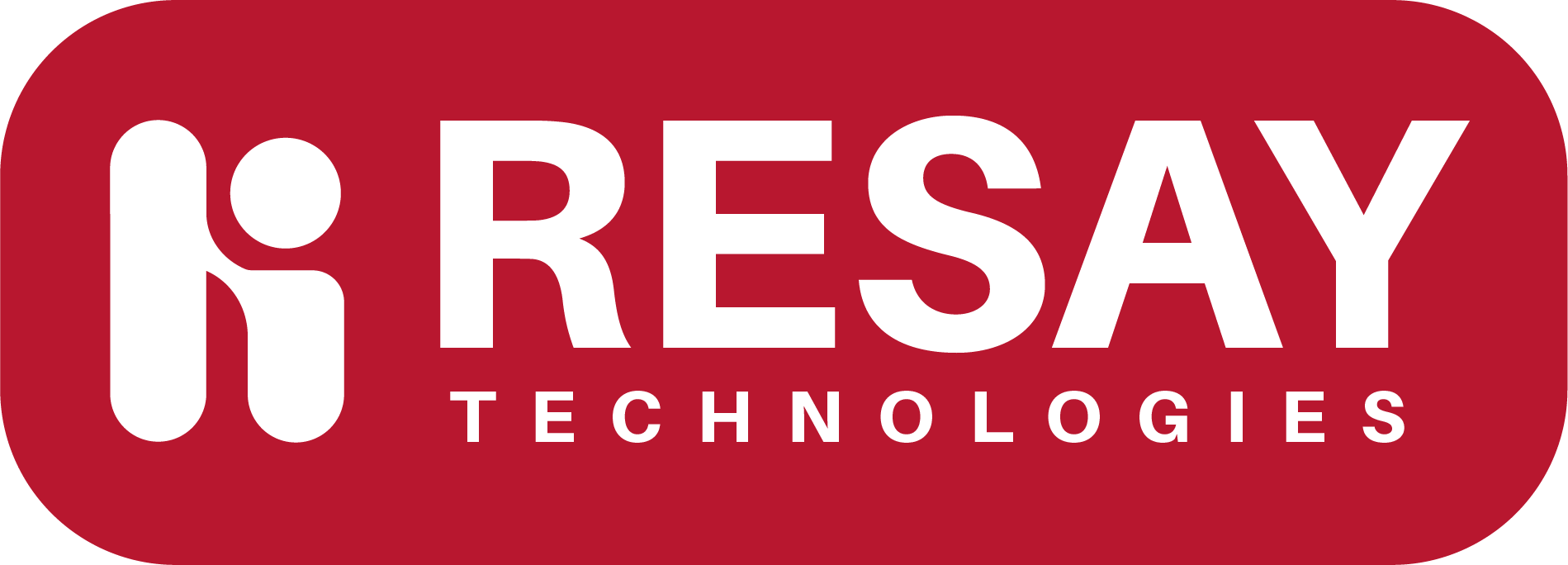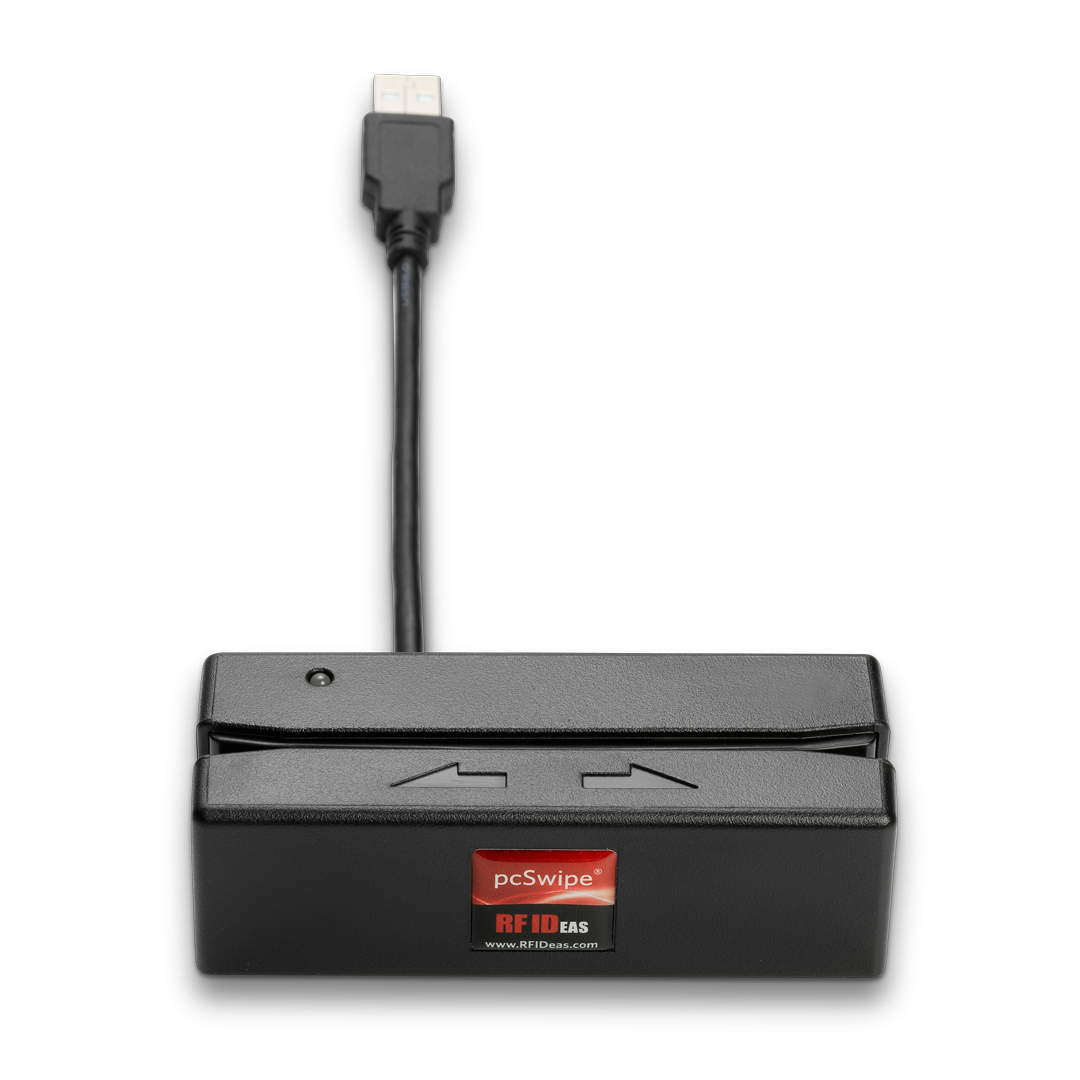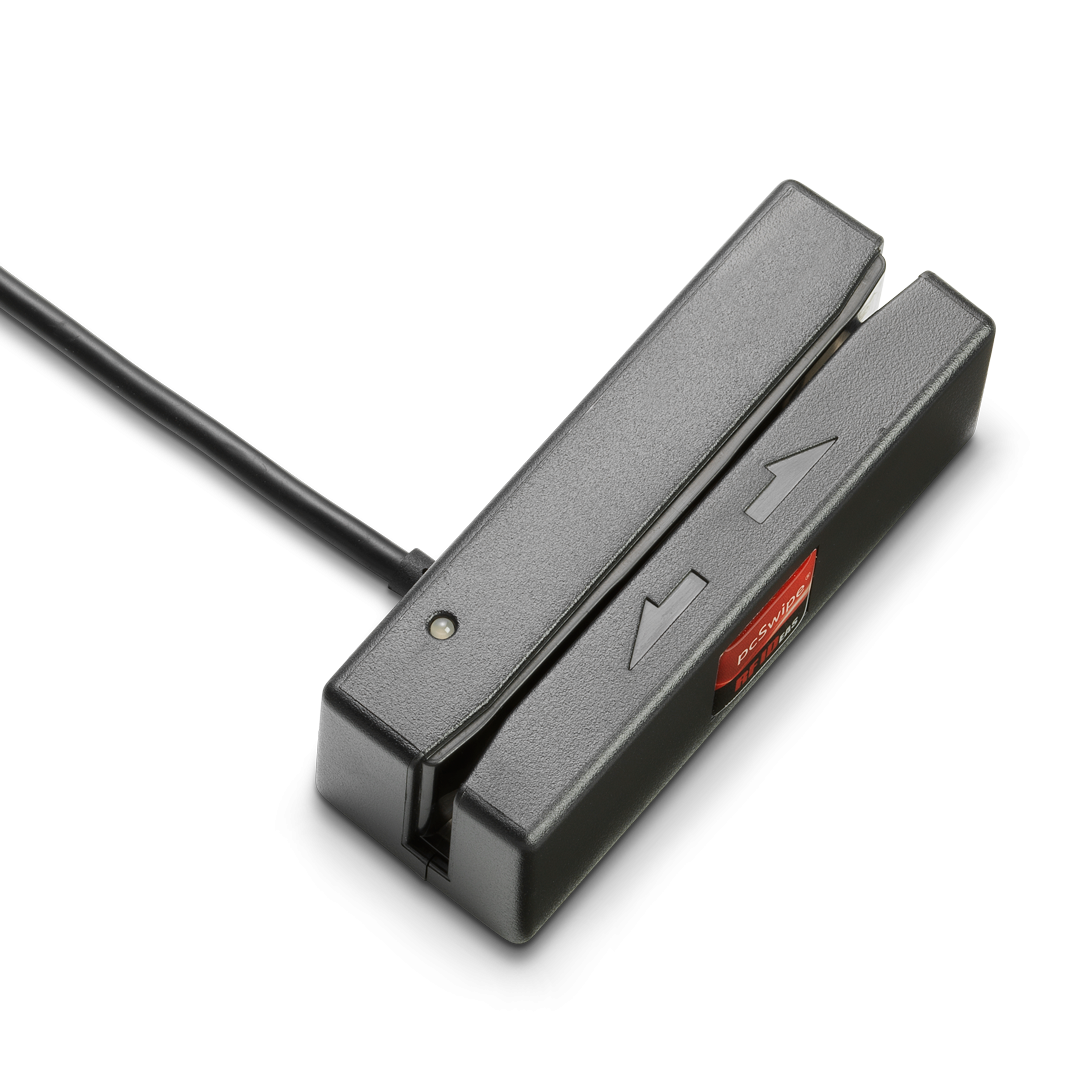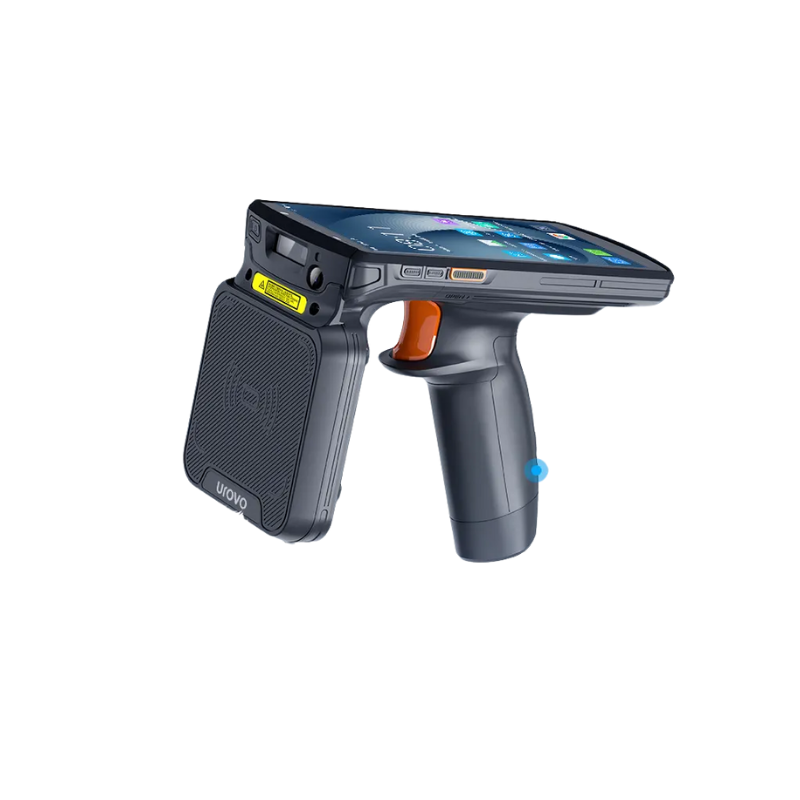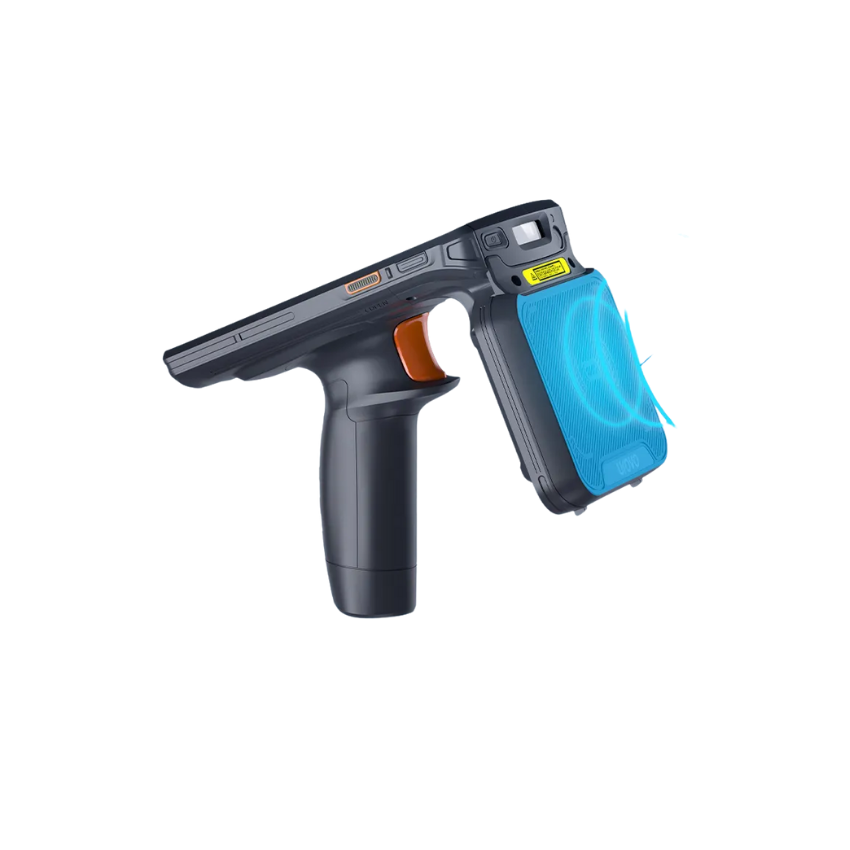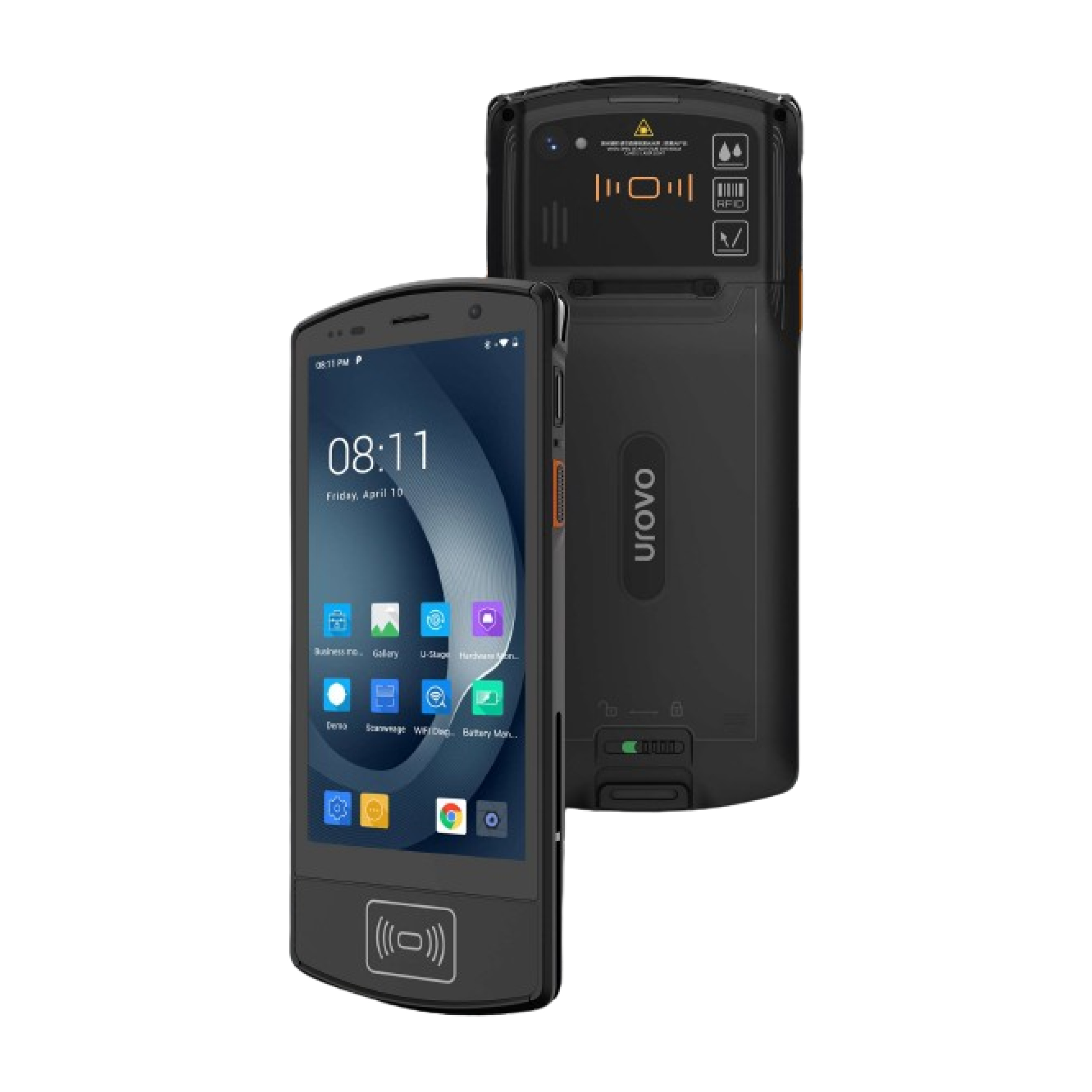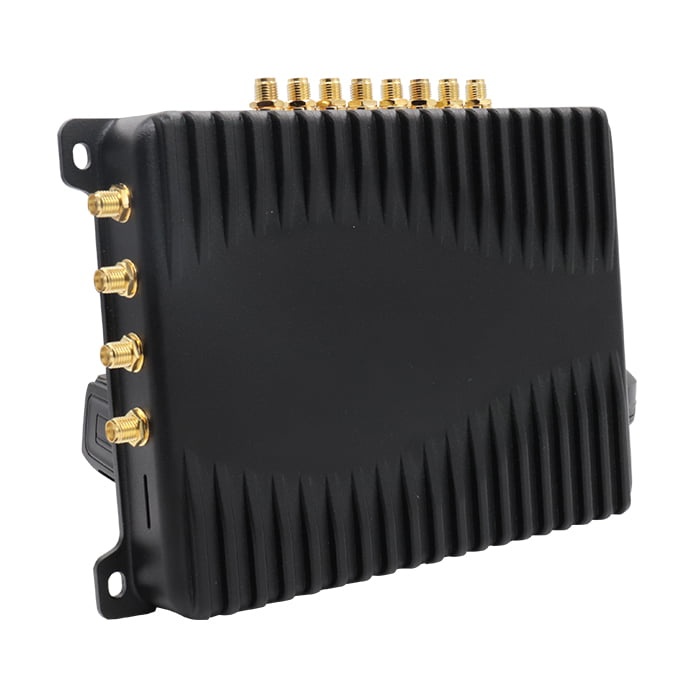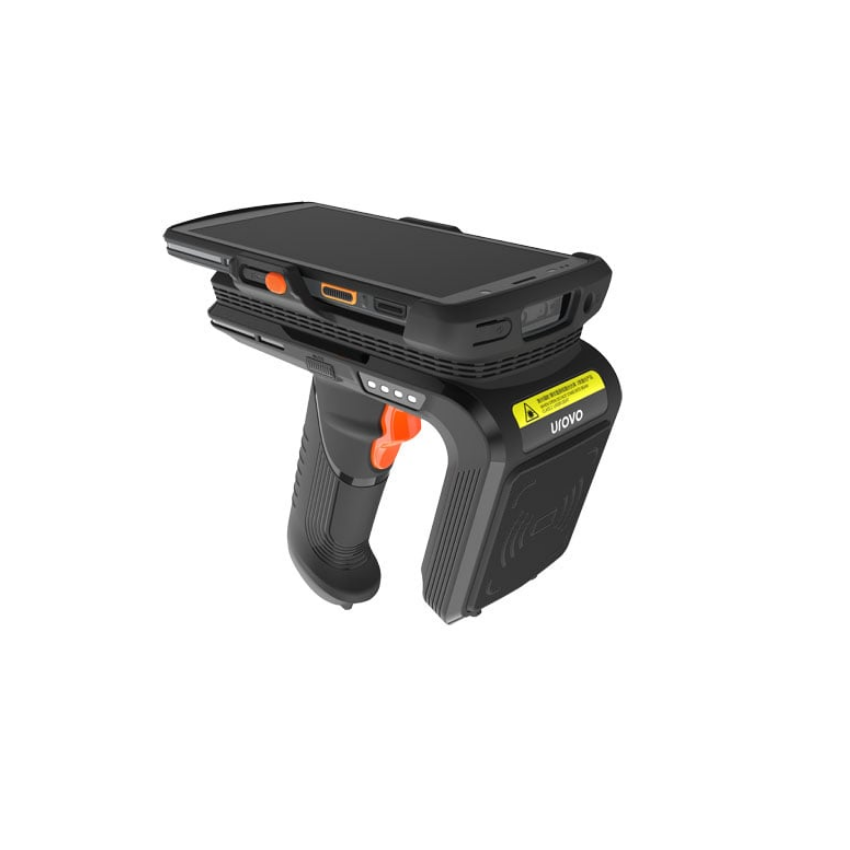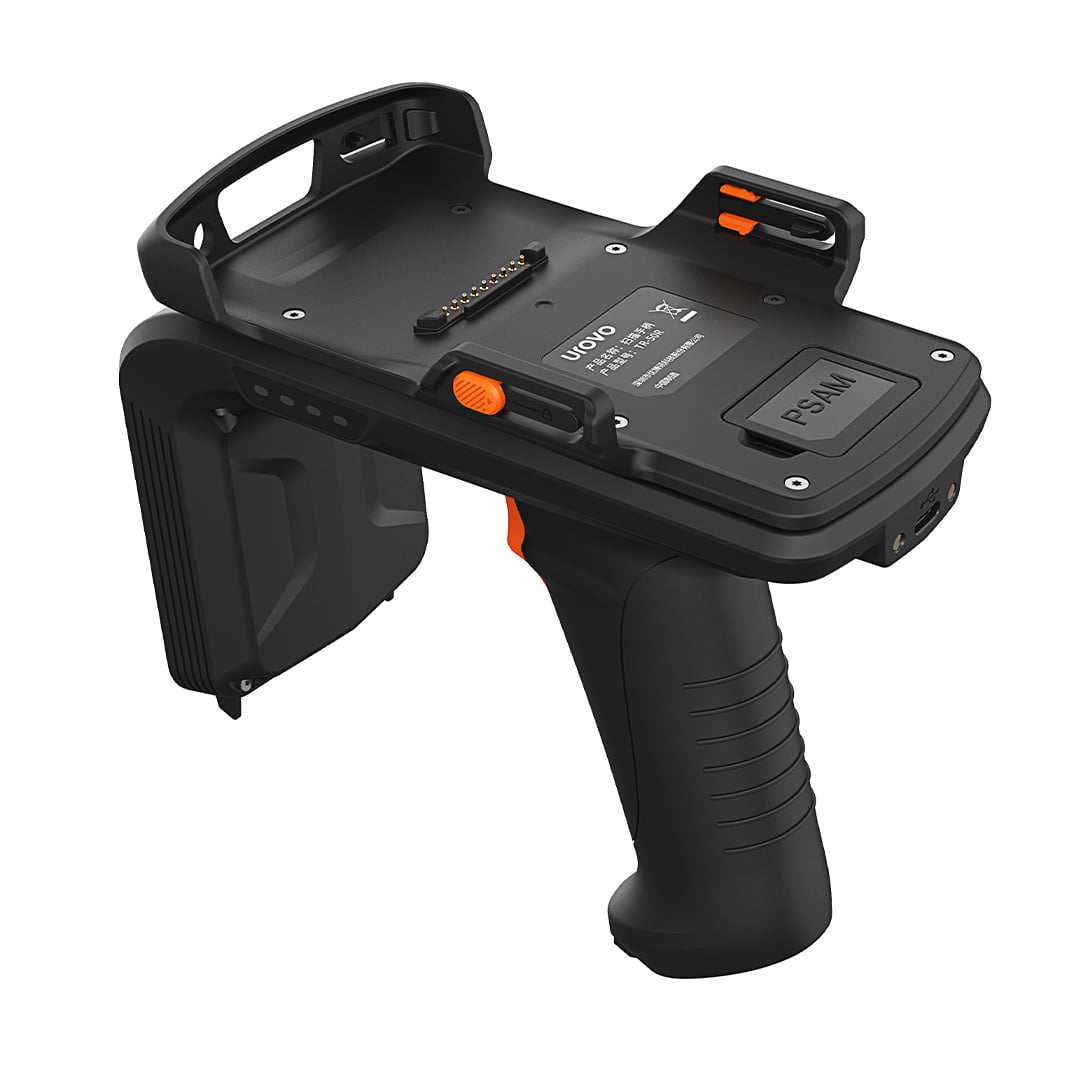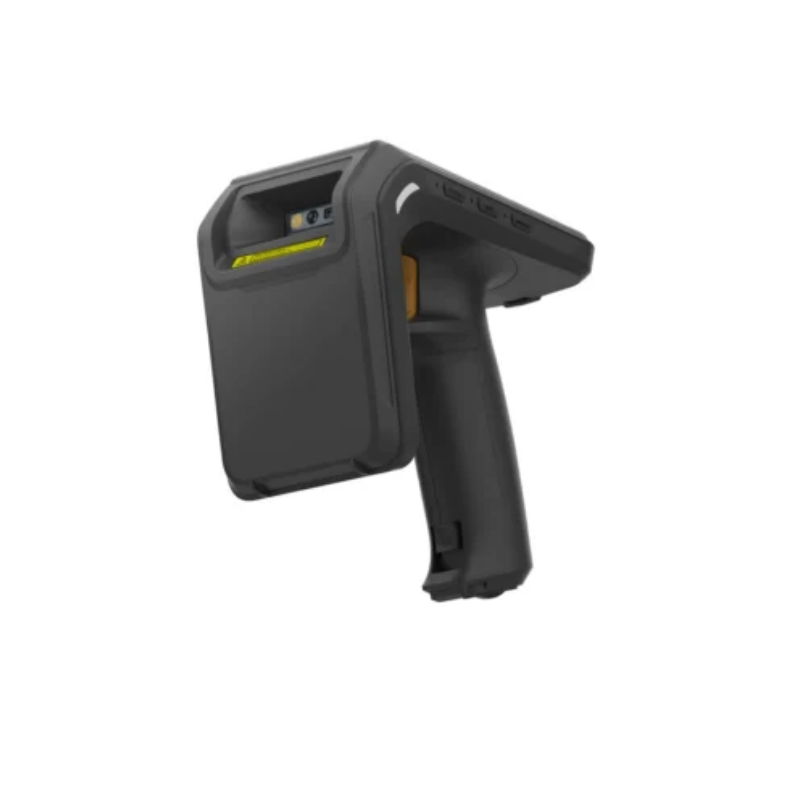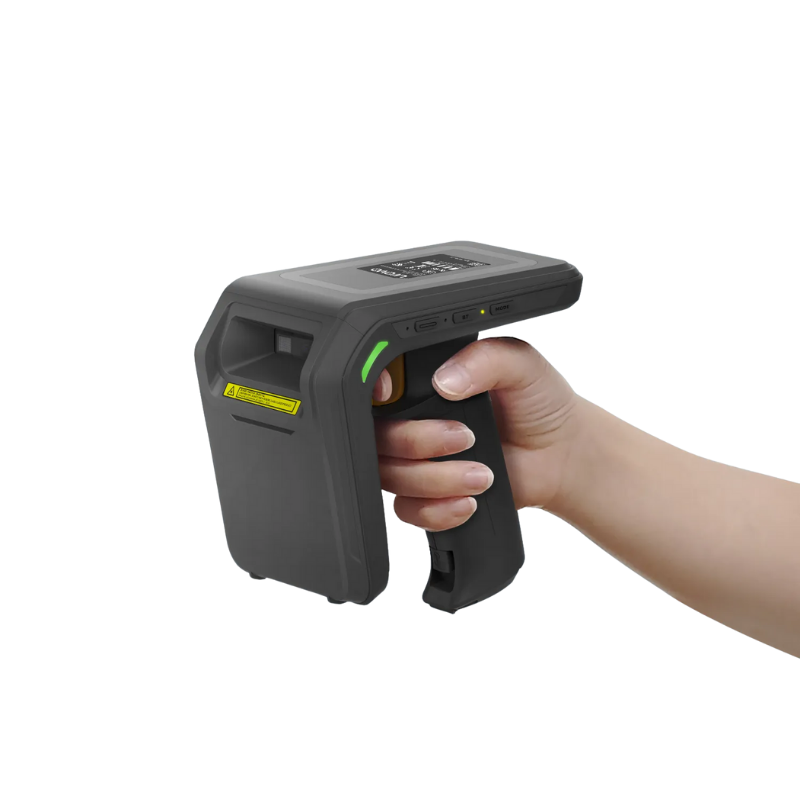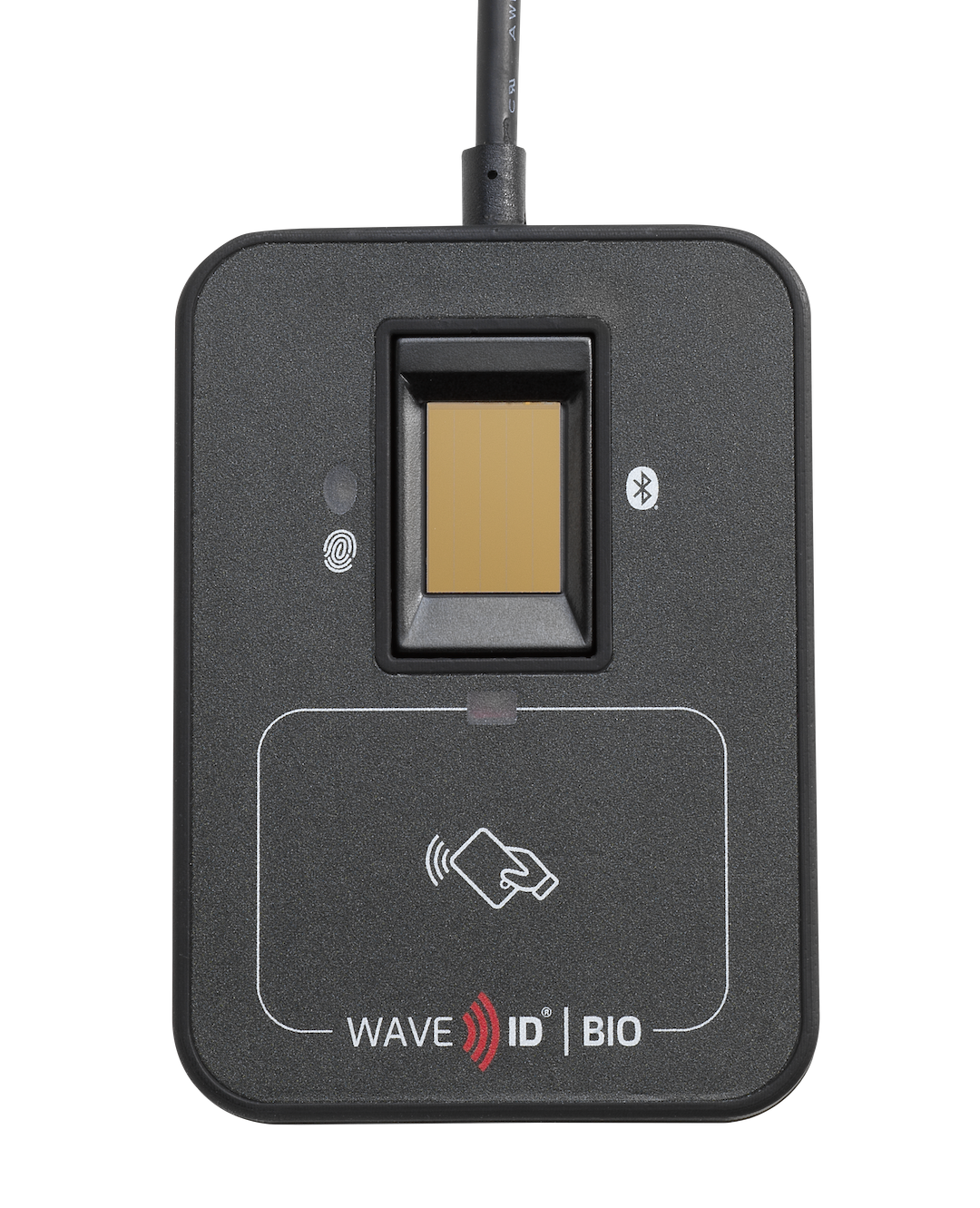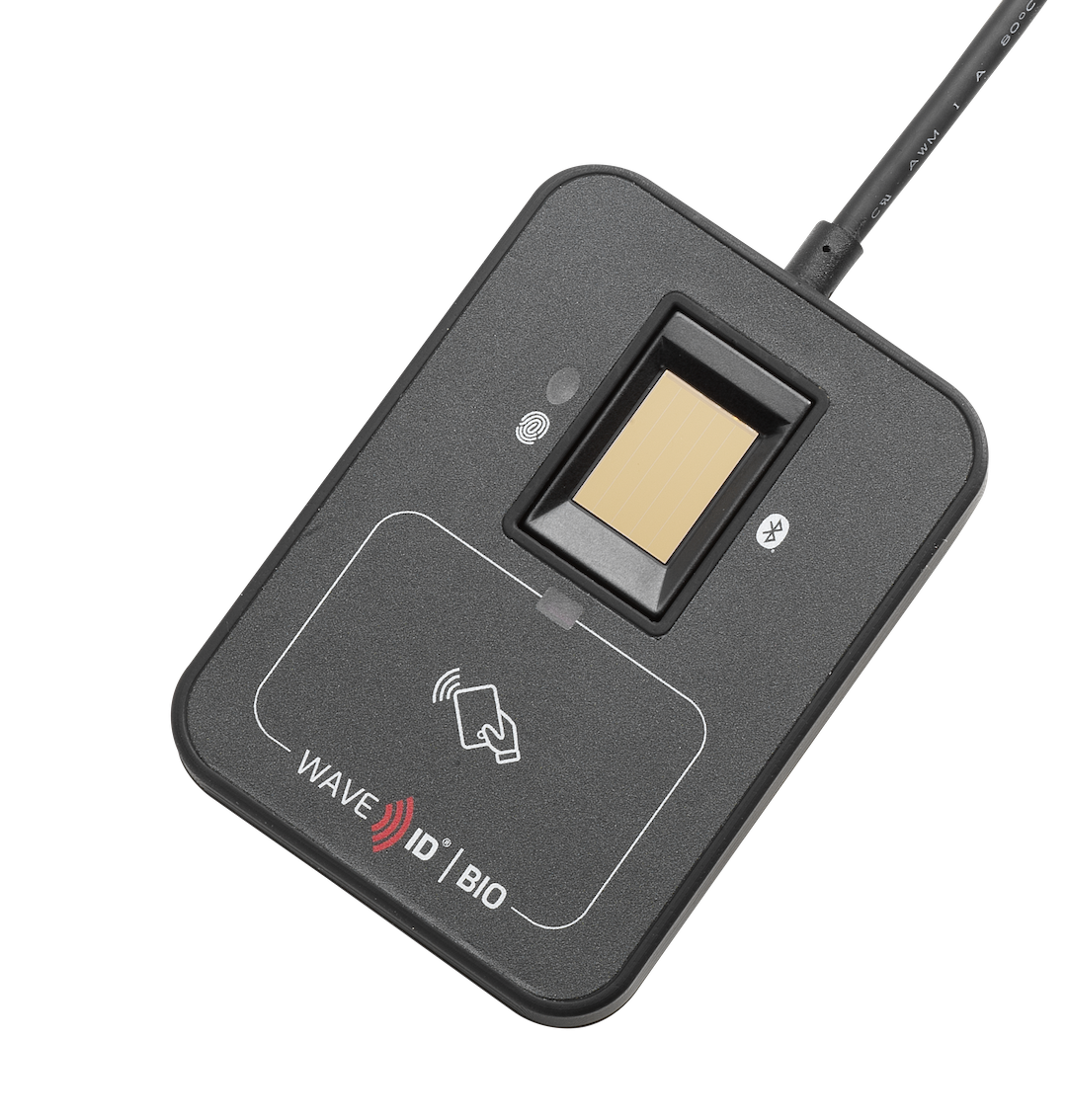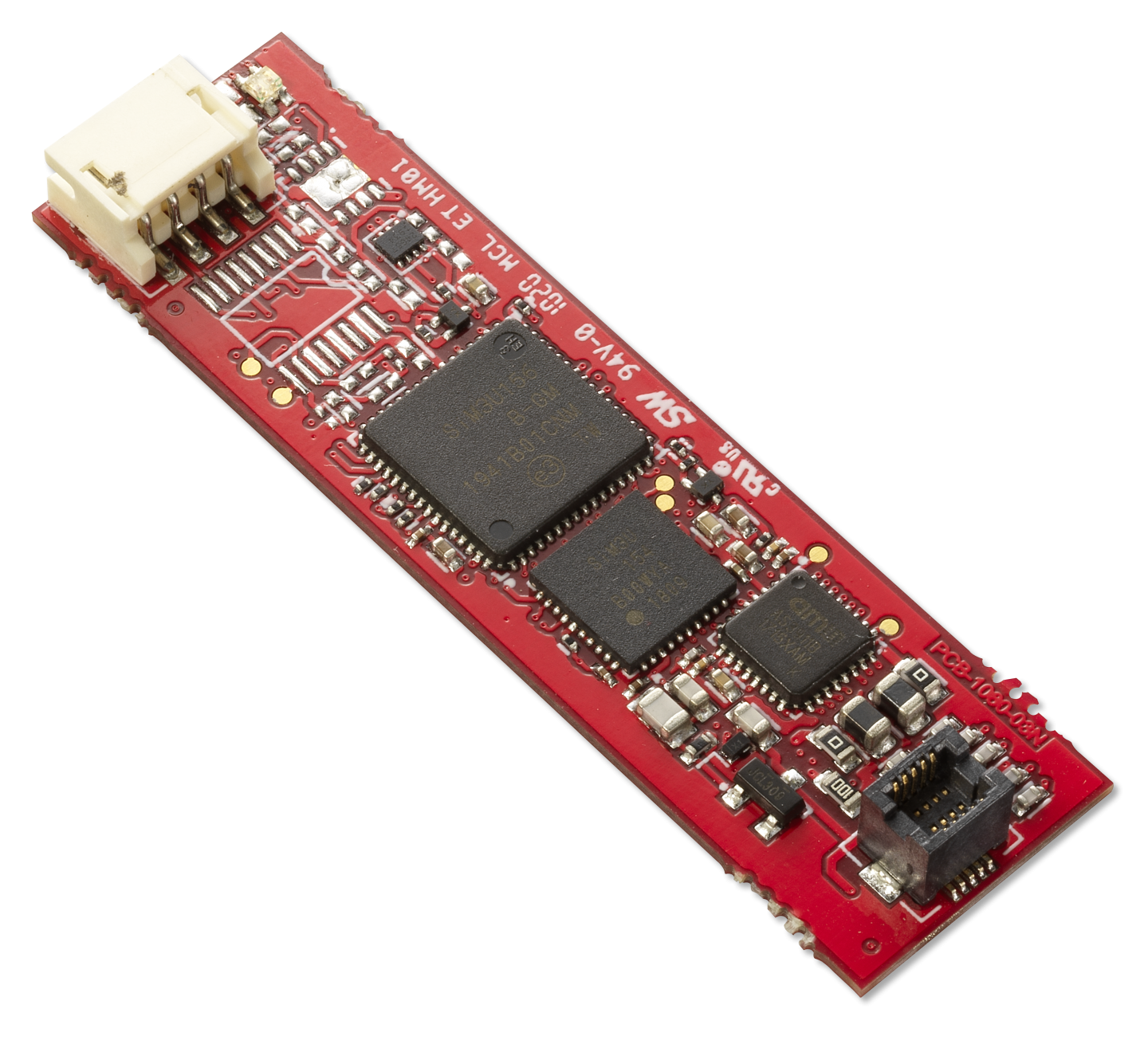RFID (Radio-Frequency Identification) and NFC (Near Field Communication) readers are devices that are designed to interact with RFID and NFC tags, respectively. Both RFID and NFC are wireless communication technologies, but they differ in their operating ranges and use cases. Here’s an overview of RFID and NFC readers:
RFID Readers:
- Operating Principle:
- RFID uses radio waves to communicate between a reader and an RFID tag. The reader sends out radio frequency signals, and when an RFID tag enters the range, it receives the signals and responds with its stored information.
- Operating Range:
- RFID technology operates over a range of distances, depending on the frequency used. There are three main RFID frequency bands: Low Frequency (LF), High Frequency (HF), and Ultra-High Frequency (UHF). LF and HF RFID systems typically have shorter operating ranges (a few centimeters to a few meters), while UHF RFID systems can have longer ranges (several meters to over 10 meters).
- Applications:
- RFID readers are widely used in various industries for purposes such as inventory management, access control, supply chain management, asset tracking, and identification in manufacturing processes.
- Types of RFID Readers:
- RFID readers can be categorized into fixed readers, handheld readers, and mobile readers. Fixed readers are typically installed in a specific location, while handheld and mobile readers provide flexibility for on-the-go applications.
- Data Capture:
- RFID readers capture data from RFID tags without the need for direct line-of-sight. This makes them suitable for applications where quick and non-contact identification is required.
NFC Readers:
- Operating Principle:
- NFC is a subset of RFID that operates at shorter distances, typically up to 10 centimeters. NFC allows for two-way communication between devices, and it is commonly used for contactless payments, data exchange between smartphones, and access control.
- Operating Range:
- NFC operates at a close proximity, and the range is limited to a few centimeters. This close-range operation is a security feature, making NFC suitable for secure transactions.
- Applications:
- NFC readers are commonly used in applications such as mobile payments, public transportation ticketing, access control systems, and data transfer between NFC-enabled devices.
- Types of NFC Readers:
- NFC readers can be integrated into various devices, including smartphones, tablets, point-of-sale terminals, and dedicated NFC reader devices.
- Data Capture:
- NFC readers facilitate the exchange of data between two devices when they are brought into close proximity. This is often referred to as “tapping” or “bumping” devices together for data transfer.
Key Considerations for RFID and NFC Readers:
- Frequency Band:
- Both RFID and NFC operate at different frequency bands (LF, HF, and UHF for RFID; 13.56 MHz for NFC). The choice of frequency depends on the specific application requirements.
- Operating Range:
- Consider the required operating range for your application. RFID is suitable for longer-range applications, while NFC is designed for close-range interactions.
- Security:
- NFC is designed with security features, making it suitable for applications like mobile payments. RFID systems may require additional security measures, depending on the application.
- Integration:
- Consider how well the reader can integrate with other systems and devices. Many RFID and NFC readers come with interfaces that allow integration with existing infrastructure.
- Use Case:
- Choose the technology (RFID or NFC) based on the specific use case and application requirements. RFID is often used for tracking and identification in industrial settings, while NFC is prevalent in consumer applications like mobile payments.
Both RFID and NFC readers play significant roles in enabling wireless communication and data transfer in various industries. The choice between RFID and NFC depends on factors such as operating range, security requirements, and the specific use case of the application.
